Inclined cleated belt conveyor Layers of specially designed fabric plies are sandwiched between rubber shims coats for adhesion and load support. Top and bottom cover compounds are added for maximum protection of the belt carcass. Belt can be manufactured according to various international fabric belt standards, at different rating an wide variety of cover grades. Belt applications involve in kind of industries such as mines, power plants, construction, ports, chemical industries.
Inclined cleated belt conveyor
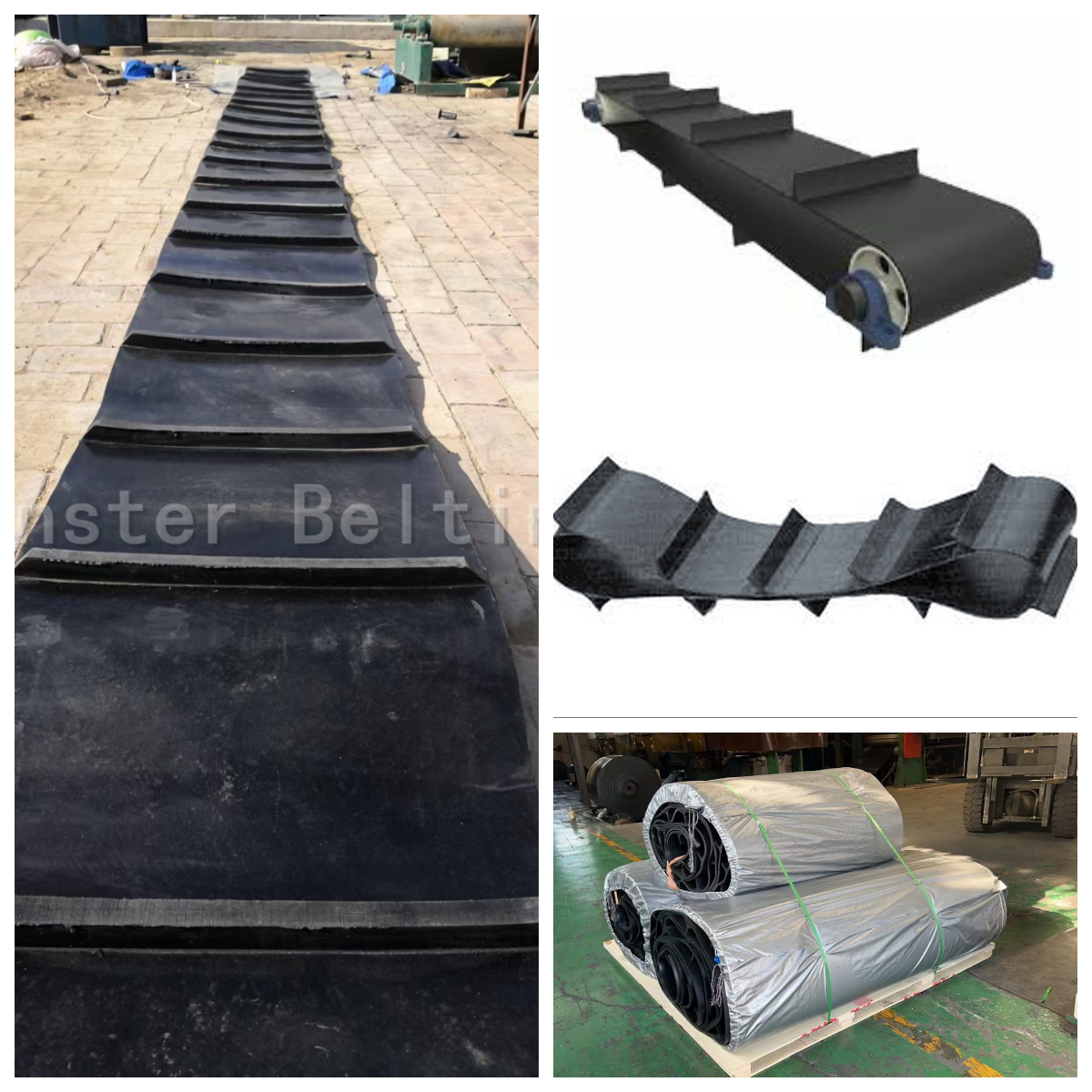
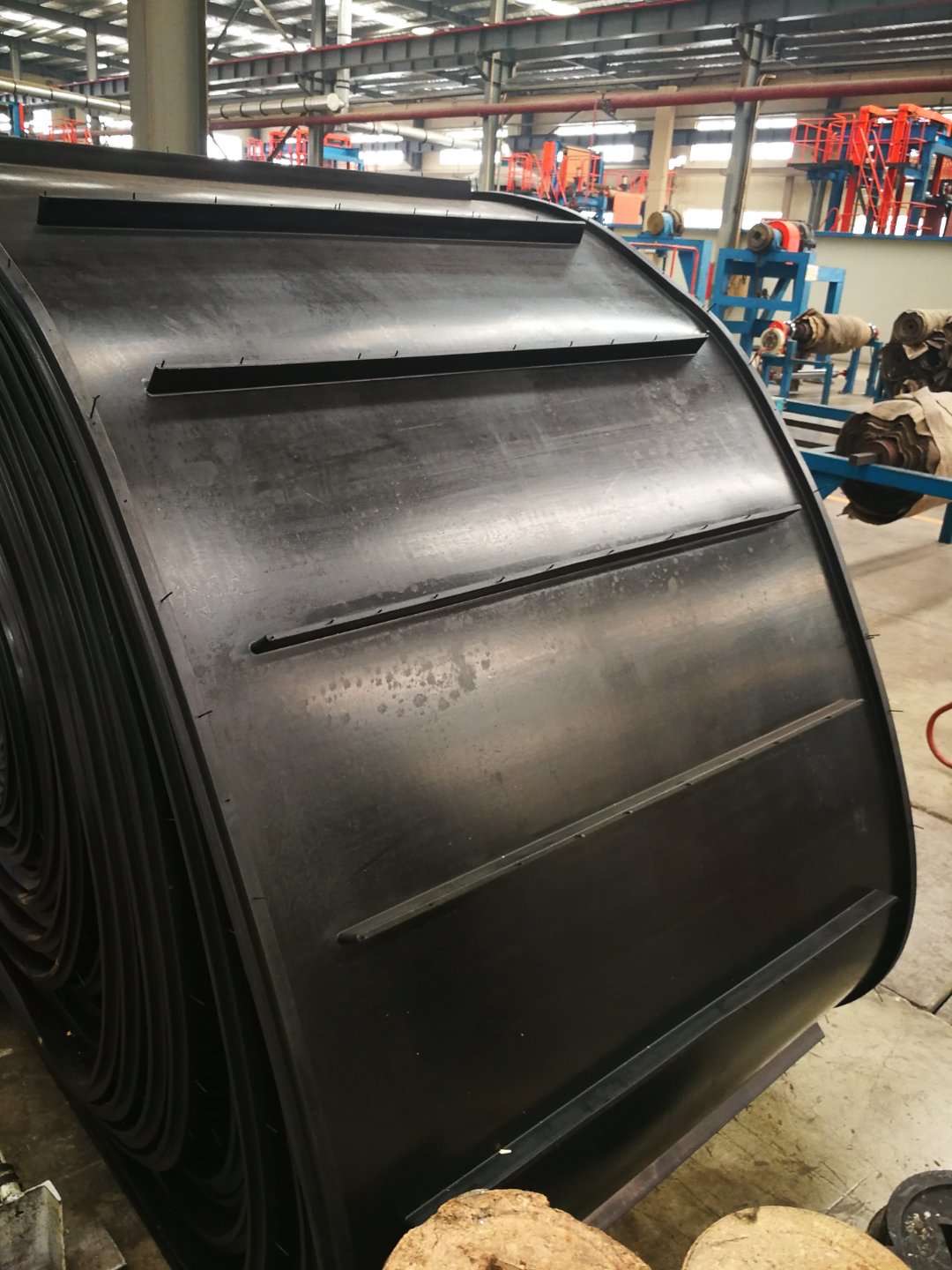
Specs example
CONVEYOR BELT, TYPE:
EP500/3; 2000X6X3,
PEAK TEMPERATURE: 80DEGC;
** RUBBER CLEAT : 700MM;
Cleat height : T50 +/- 2%
Cleat width : 2000 MM +/- 2%
Cleat Pitch : 700 MM +/- 2%
RUBBER CONVEYOR BELT
TOP COVER THICKNESS: 6MM;
BOTTOM COVER THICKNESS: 3MM;
ACCORDING DIN22102
ABRASION RESISTANCE: 70MM3;
HARDNESS : 55 TO 75 SHOREA;
Inclined cleated belt conveyor specification
Belt material is the most important consideration when selecting conveyor belts. Choices include:
- Aramid fibers
- Cotton or canvas
- Ethylene diene propylene monomer (EPDM)
- Leather
- Rubber or synthetic rubber (neoprene)
- Nitrile
- Nylon
- Polyester/polyurethane (PU)/Urethane
- Polyvinyl chloride (PVC)
- Silicone
- Steel and stainless steel
- Tape
- Wire mesh
- Proprietary materials
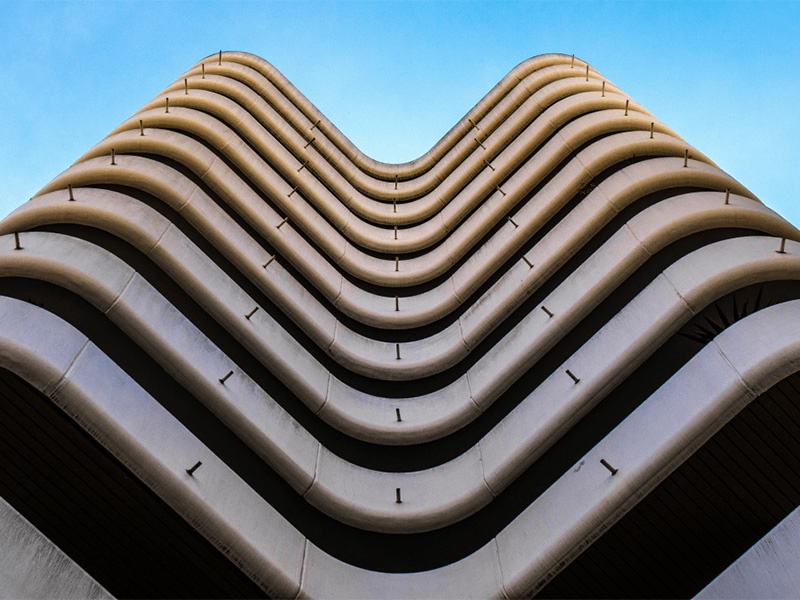
Description is also the fiction-writing mode for transmitting a mental image of the particulars of a story.
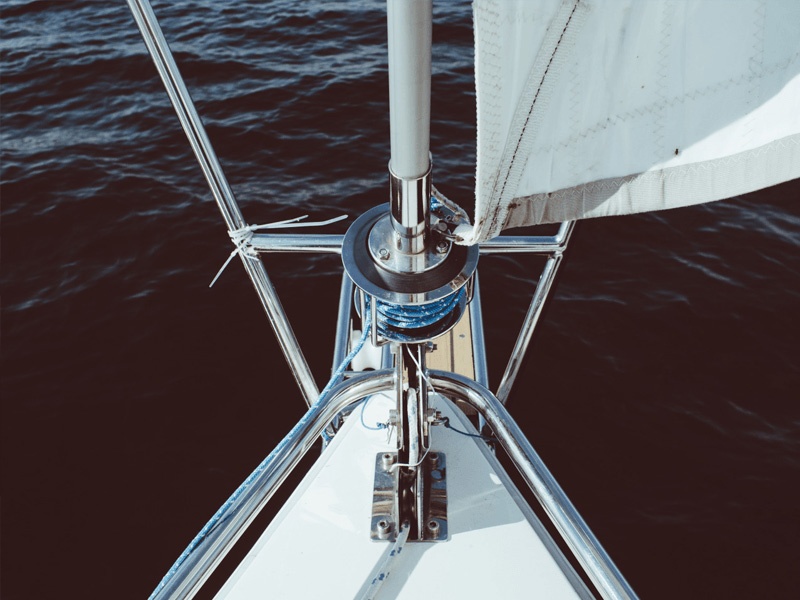
The pattern of development that presents a word picture of a thing, a person, a situation, or a series of events.
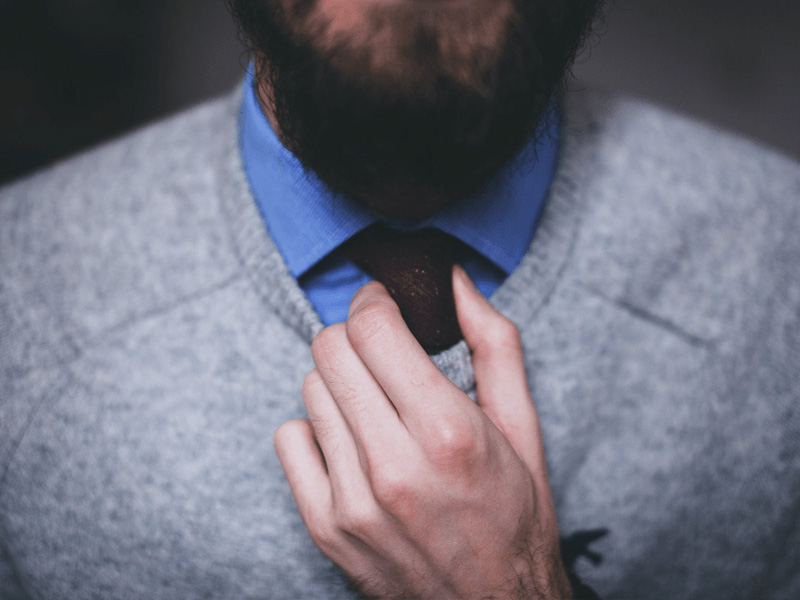
The most appropriate and effective techniques for presenting description are a matter of ongoing discussion among writers and writing coaches.
